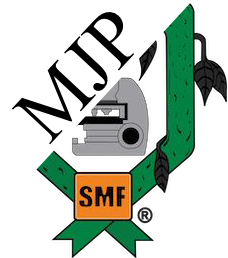-
Or Copy link


Article filters
Search Papers
In vitro evaluation of Jatropha curcas and Bursera linanoe resins in the control of phytopathogenic fungi isolated from roselle (Hibiscus sabdariffa)
By Leonardo Miguel Nava Eugenio, Dolores Vargas Álvarez, Eleuterio Campos Hernández, Flaviano Godínez Jaimes, Roxana Reyes Ríos, Mairel Valle de la Paz*, Daniel Perales Rosas
* Corresponding Author. Email: 15965@uagro.mx / Institution: Unidad de Servicio Tecnológico Nacional de México
Received: 31/May/2023 – Published: 05/November/2024 – DOI: https://doi.org/10.18781/R.MEX.FIT.2024-04
-
Or Copy link
Abstract Antecedents/Objectives. Guerrero is an important producer of roselle (Hibiscus sabdariffa); therefore, the objective was to evaluate the inhibitory effect of resins in vitro using four factors: technique (disc in agar or Kirby Bauer and well in agar), resins (B. linanoe, J. curcas, mixture of both and Thiabendazole), volume (10, 20 and 30 μL) and phytopathogenic fungi (C. cassiicola, F. oxysporum and F. solani) on the diameter of the inhibition halo.
Materials and Methods. Statistical analysis was performed with a completely randomized factorial design with fixed effects to compare the 72 treatments using the Kruskal-Walis test.
Results. All terms were found to be significant, the main effects of technique, resins, volume and fungi on the diameter of the inhibition halo, but also the double, triple and quadruple interactions.
Conclusion. B. linanoe resin showed higher inhibition for C. cassiicola and F. oxysporum, in the two techniques (agar well and agar disc technique or Kirby Bauer technique), this makes it the resin type with the highest biocontrol potential.
Keywords: inhibition, antifungal, Corynespora cassiicola, Fusarium oxysporum, Fusarium solani